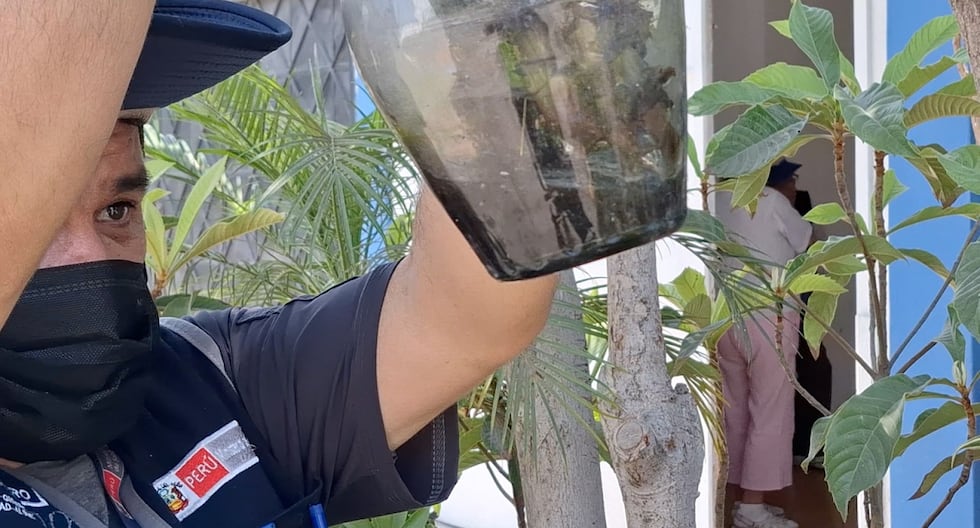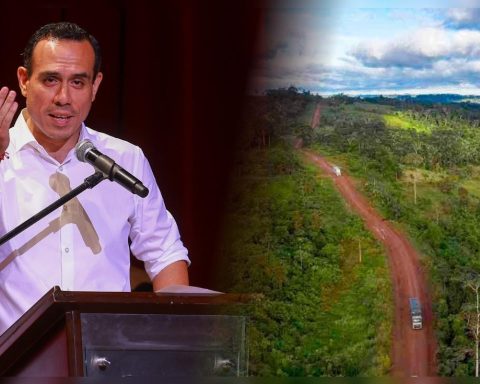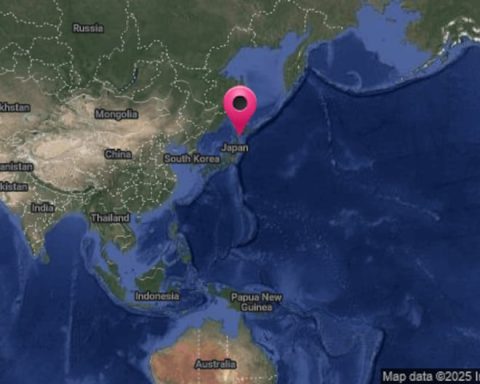THE CREATHERS OF THE ZANCUD Aedes aegyptidengue transmitter, are those containers or objects that can accumulate water, whether product of rains or bad storage. The Directorate of Environmental Health and Food Safety (Digesa) details the potential hatcheries that are often found in the homes of the thing and jungle of Peru.
LOOK: Puccio Lamas on Government Observations “Laws must favor majorities, here is the opposite”
The biologist Miguel Suyón Vásquez, an expert in surveillance and control issues of the Digesa, indicated that the potential hatcheries found in the homes of the Peruvian coast are: Cylinders, sonsones, buckets, drums, vases, aquatic plants (bamboo) and animal drinking fountains.
In the case of the jungle, the main hatcheries are: Sansons, buckets, vases, tires and other disuse and useless containers that accumulate water from rains such as old toys, bottles or cans, and coconut peels.
“It is important to dedicate 10 per week to the search for possible hatcheries inside our homes, and depending on the type of hatchery they must be covered or eliminated. With this action we will avoid the reproduction of the zancudo that transmits dengue disease ”, accurate.
Given this, the Ministry of Health provides the following recommendations: Store the water correctly in the house, wash the containers with a brush and then cover them, constantly replace the water of the vases or use wet sand, recycle or properly eliminate the departmental and unusable containers.
Zancudos reproduction
Biologist Miguel Suyón said that A zancuda can place 50 to 200 eggs, distributing them in more than one container. This process can be repeated between 3 to 5 times, coming to proliferate more than 1000 mosquitoes during their life time (45 days).
It should be remembered that the Minsa has been guaranteeing the continuity of the larval control actions in different regions of the country, ranging from the inspection of the containers where citizens usually store water to The application of the Larvicide Piriproxyph, an input approved by the World Health Organization.














